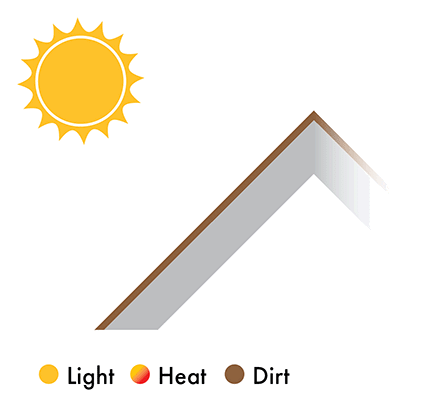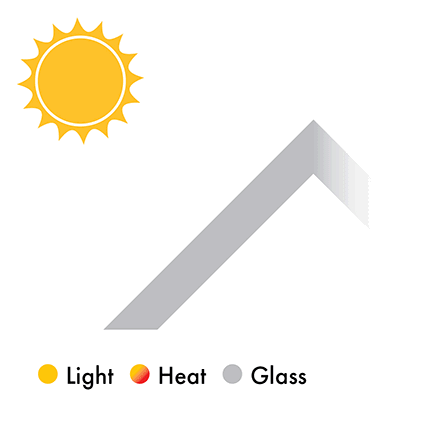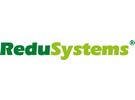An old growers' saying has it that 1% more light yields 1% higher production. Scientists have since shown that this is in fact a bit more nuanced: depending on the crop this varies from 0.5% to 1.25%. However, the principle remains the same; during a large part of the year all of the sunlight can effectively be converted into production.
However, the first condition for this is that as much solar radiation as possible must in fact reach the crop. In covered crop cultivation the greenhouse cover forms a considerable obstacle. It always causes light loss. Fortunately, there are increasingly more tools designed to minimise light losses in existing greenhouses. Together they can be put into a three-step plan.
 Step 1: Ensure the greenhouse cover is clean
Step 1: Ensure the greenhouse cover is clean
Over time, the greenhouse cover will become dirty; on the inside as well as on the outside. Algae, moss, dust, sand, soot and the contamination of volatile crop protection agents can quickly result in a light loss of several percent and consequently in production losses.
Furthermore, the accumulated dirt is a breeding ground for pathogens. Regularly cleaning the greenhouse cover pays off in spades. In some cases, it is relatively easy to keep the outside of a greenhouse clean with a roof washing machine. GS-4 is the agent of choice for cleaning the inside of the greenhouse. It was specifically developed for greenhouse glass, does not degrade the glass and removes all of the dirt. Simply spraying the greenhouse glass and then rinsing it off is sufficient.
GS-4 and GS-4 Xtra (the double concentration version) do not contain any hydrogen fluoride. As a result the application of these products does not produce any toxic vapours that are harmful to the user. The perfect time for cleaning the inside of the greenhouse is during a crop change.
![]() Step 2: Turn condensation to your advantage
Step 2: Turn condensation to your advantage
The greenhouse cover often is very wet on the inside. This is because the temperature of the glass then is below the dew point, which causes the water vapour to condense. When the droplets are large, this can reduce light transmission by 8% (for glass) to as high as 20% (for plastic). However, when the condensate forms a water film on the glass or plastic, the light loss drops considerably. But how to create a water film like this? Easy, all you need to do is apply AntiCondens. Users in actual practice experience a light gain in the order of 5%-7% with this product. This significantly benefits production in the darker months.
 Step 3: Reduce reflection on the greenhouse glass
Step 3: Reduce reflection on the greenhouse glass
The sunlight that hits the greenhouse cover for the most part passes through the glass (transmission). However, a portion is reflected. The amount reflected depends on the angle of incidence. When the sun is low this can be significant. All of this light does not reach the crop.
The AntiReflect coating consists of a thin layer of nano particles that largely eliminate reflection. This increases the transmission by an average of 2.5% to 3%. Aside from an increase in production, its initial users are also reporting a reduction in energy consumption.
Percentage of light gain
These three steps together can result in a light gain of around ten percent. It increases productivity and provides for a healthier crop. All this particularly in the months that growing crops pushes the grower to the limits of his/her ability.
For more information: ReduSystems
ReduSystems
+31(0)13 507 53 99
[email protected]
www.redusystems.com
